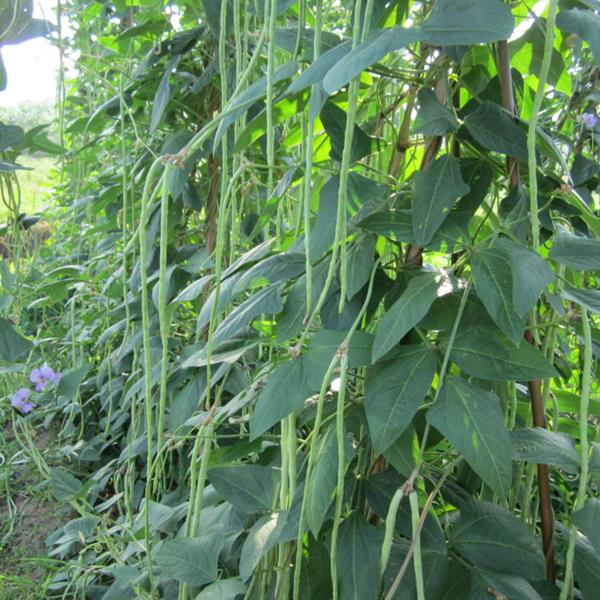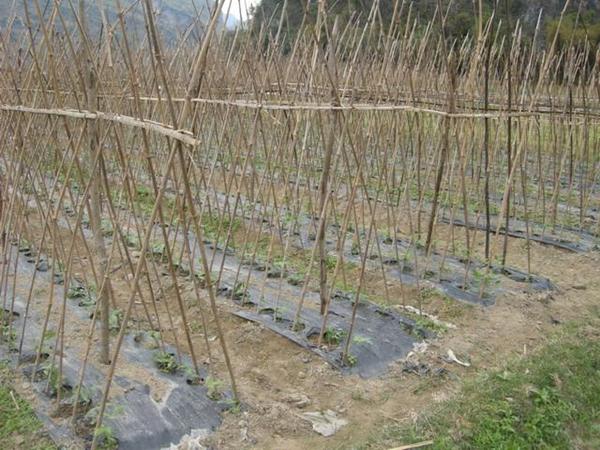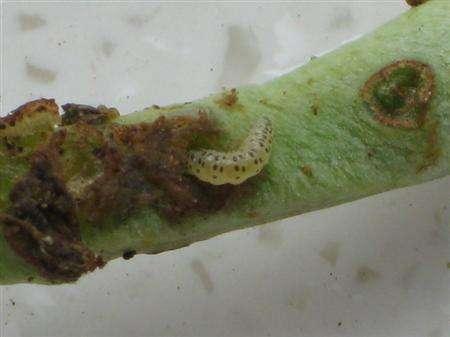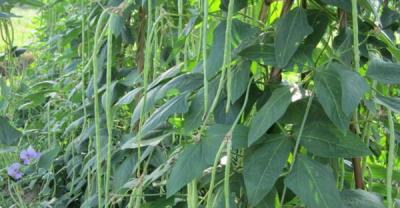Planting methods and matters needing attention of beans
Seasonal vegetable beans, salty for young and old, is one of the most popular vegetables in the season. Bean is a kind of high-quality legume vegetable, which is beautiful in appearance, rich in nutrition, less fiber and good taste, especially its unique bean flavor is incomparable to other vegetables and can be cooked and eaten with fresh pods. It can also be processed into high-quality dehydrated vegetables and quick-frozen vegetables, which is very popular. What should we pay attention to when growing beans, and how do farmers grow them at home?

The first step: beans like wet and resistant to high temperature, not resistant to frost, need strong light. Before sowing, ploughing the land to make the soil soft, planting on both sides of Longdao, the mother pit can be divided into long strip type or independent round pit type, hook road to be planted.
The second step: bean seeds, select high-quality full particles, first try a few soaking to accelerate budding to observe the soil breaking rate before sowing. In terms of varieties, there are many, some people like beans with flat and small particles, while others like those that are suitable for sour beans. But in fact, more people like the kind that is white and blue, with thick meat and full beans at home.
The third step: keep the soil moist every day, wait for the bean seedlings to grow around 10CM, you can add straw ash to cover the ground, dilute fertilizer and water twice a week.

When the bean sprouts grow to 20CM height, you can start to insert the pole row. The suggestion is to use a single straight row type plug rod, the cross type is very good-looking, but people who have planted it all know that it is very difficult to deal with when they strike in the later stage. When beard seedlings grow, you need to use straw or rope binding to pull and climb. In addition to scientific fertilization, if the seedlings need too much, they will have artificial short seedlings and anti-aircraft seedling behavior.
Because bean seedlings are very attractive, it is recommended that the first whole seedling insecticidal spray should be carried out before blooming. Do another whole-seedling insecticidal spray when the beans grow for a short hour, so that when the beans grow again, there won't be so many insect pests, and you don't have to worry about pesticide residues and dare not spray. The main pests are bean pod borer and cowpea pod borer, but it can also be sprayed with 25% insecticidal double water agent 500 times or 50% 75% water and 60 kg water every 7-10 days from budding to early flowering, 2 times in a row.

Insect-infested beans
In the middle and later stages of bean growth, you can spread a layer of lime powder on the surface, and then sprinkle a layer on the seedling rack, which can also help prevent insects.
Focus on agriculture, rural areas and farmers, pay attention to rural areas.
- Prev

Planting methods and matters needing attention of Ling Arrow Lotus ①
The nickname of the lotus flower-he Ling Arrow, Fairy Arrow, Red Peacock, Peacock Orchid. Origin: originally from south-central Mexico and glass, Peru and other places. ...
- Next

Skills and matters needing attention in planting peony
Peony is a kind of valuable ornamental and medicinal plant, which needs strict cultivation technical conditions.
Related
- Fuxing push coffee new agricultural production and marketing class: lack of small-scale processing plants
- Jujube rice field leisure farm deep ploughing Yilan for five years to create a space for organic food and play
- Nongyu Farm-A trial of organic papaya for brave women with advanced technology
- Four points for attention in the prevention and control of diseases and insect pests of edible fungi
- How to add nutrient solution to Edible Fungi
- Is there any good way to control edible fungus mites?
- Open Inoculation Technology of Edible Fungi
- Is there any clever way to use fertilizer for edible fungus in winter?
- What agents are used to kill the pathogens of edible fungi in the mushroom shed?
- Rapid drying of Edible Fungi

